$450m. The record amount for which Salvator Mundi, the long-lost Leonardo da Vinci painting, commissioned by King Louis XII of France around 1505, was sold at auction in New York in November 2017 last year.
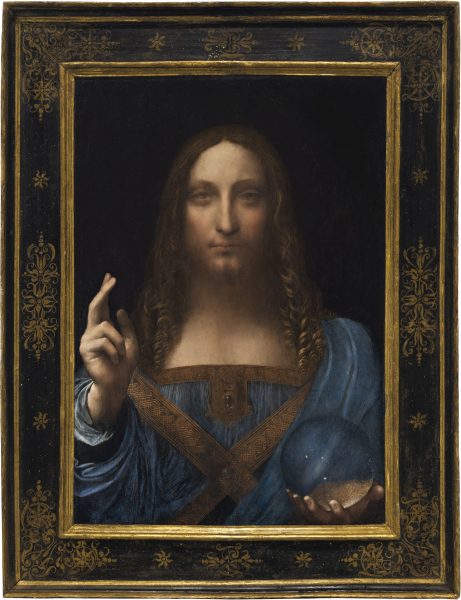
Interacting with an artwork is a truly emotional experience. The art market can’t help but be a space where money meets emotion.
The most important maxim for any collector is the old favourite – “buy what you like”. However, sometimes investing in art is ‘often more complicated’ than that. The decision to buy can be influenced by it being solely aesthetic and personal, or it can be part of building an investment-driven portfolio of assets. There might be a tension between those two agendas.
Occasionally, people often overpay in the art market, which he calls the “aesthetic dividend” – the difference between market price and the price a collector will pay when they simply have to have the artwork. Global indexes help collectors monitor trends that can inform investment decisions.
Want to invest?
Some key considerations are the artist’s execution, technique, subject matter and the stage in their career they are at.
It is often still recommended that investors purchase art pieces that they love so that they can live with it and enjoy it. There are smart ways to invest in art, but then one needs to educate oneself.
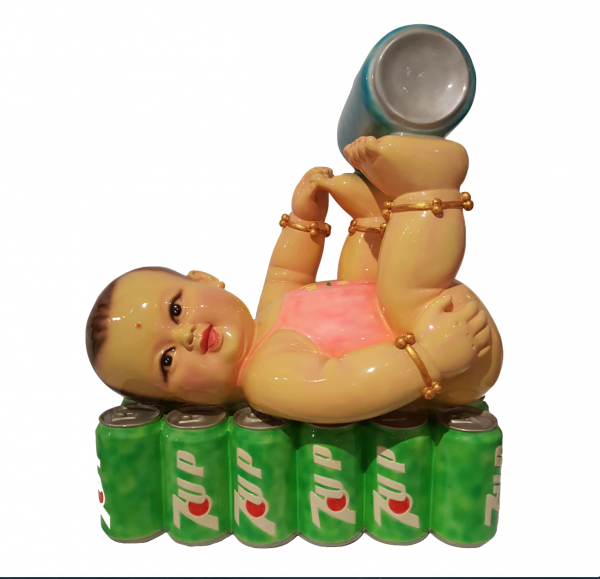
The “primary market” is where galleries operate, galleries find artists, promote and sell their work. The “secondary market” is where auction houses operate. Galleries, dealers and academic experts can be consulted. Information on the auction market should also be perused to learn how this might relate to their value in the primary market.
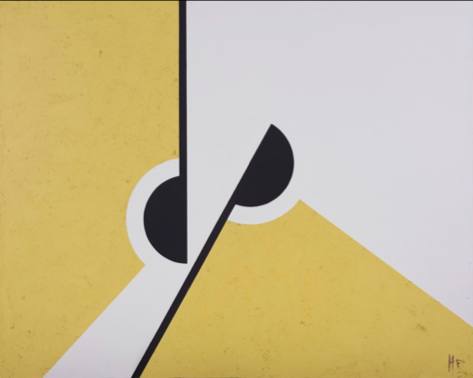
People say you can’t quantify the value of an artwork; that beauty is in the eye of the beholder, but you certainly can qualify what is a good artwork and what is a poor artwork. The key is developing the buyer’s eye and getting good advice. Selecting the correct artist is key. Knowing the history or “provenance” of the artwork is also key. This will protect you from buying a stolen or fake painting. The more you see, the more you develop your eye.
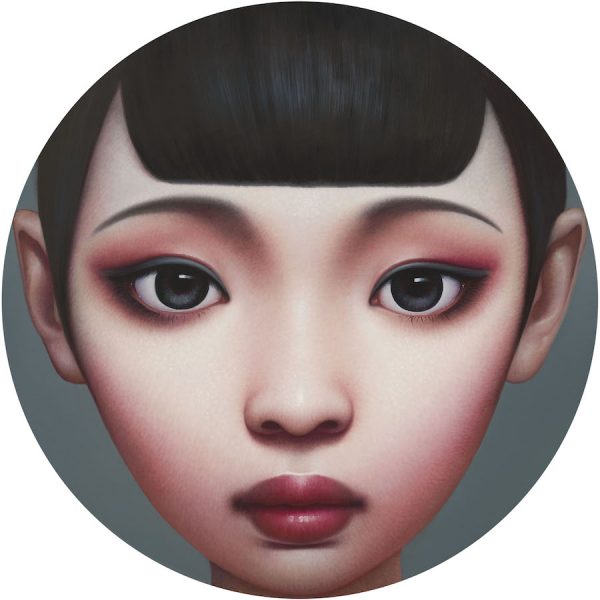
New collectors and investors must understand that there is a value-based hierarchy of media in the secondary market, and to an extent in the art world generally. For example, oil on canvas is more desirable than pen and ink works on paper. There is also a difference in value between unique works and works that have multiple editions.
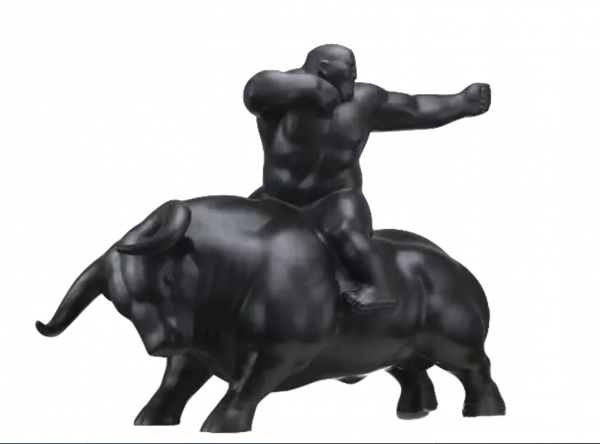
If you are looking to invest in a particular artist’s work, or if you simply like an artist’s work, find out about them. Do they have a gallery, a dealer, and what reputation? Where do they exhibit, and which other collectors and collections have bought the artist’s work. If their work features in private, corporate, institutional and public collections, then this adds to their investment value.
*extracted from fin24
